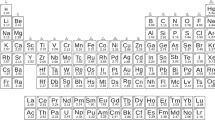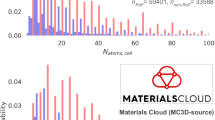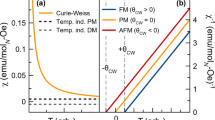Abstract
THE following few lines give a necessary elucidation to my critical note and to the answer given by Messrs. H. B. Baker and H. L. Riley (NATURE, Mar. 5, p. 348). My principal first theoretical argument is based on the interdependence of the atomic weights of the elements silver, nitrogen, and chlorine, resulting from the classical life-work of Richards and his school, in which I have the greatest confidence. If the atomic weight of silver = 107.876, then nitrogen = 14.006±0.0011, and chlorine = 35.456±0.002, most probably 35.458. If we accept Baker and Riley's value, silver = 107.864, then nitrogen would become 13.999, a value exceedingly improbable, especially having regard to the fact that Baxter found recently (Proc. Amer. Acad., 12, 12, p. 699, Dec. 1926) by an extremely careful physico-chemical research the value N = 14.006(7), which confirms the higher atomic weight of silver, namely, 107.876. This important argument was not referred to by Messrs. Baker and Riley.
Similar content being viewed by others
Article PDF
Author information
Authors and Affiliations
Rights and permissions
About this article
Cite this article
BRAUNER, B. The Atomic Weight of Silver. Nature 119, 526 (1927). https://doi.org/10.1038/119526c0
Issue Date:
DOI: https://doi.org/10.1038/119526c0
Comments
By submitting a comment you agree to abide by our Terms and Community Guidelines. If you find something abusive or that does not comply with our terms or guidelines please flag it as inappropriate.



